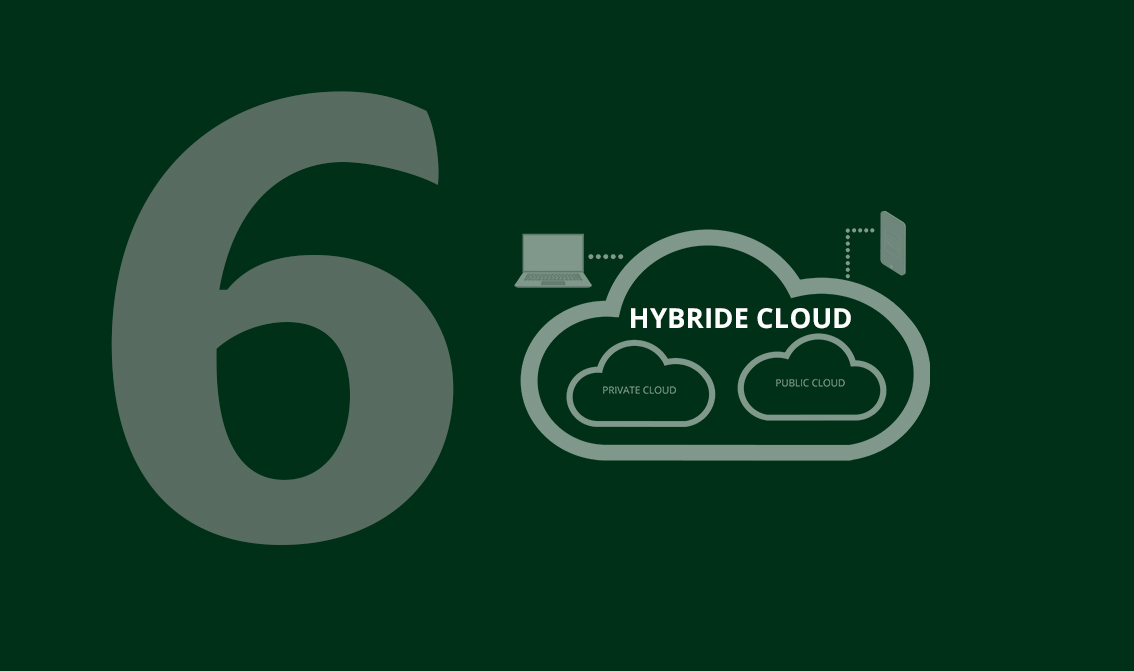
Avoiding process risks when the database suddenly fails
Dear Readers,
Problem management has always been a particular challenge for IT managers, and as consultants we have yet to meet an organisation that is completely satisfied with its processes in this crucial area. With the migration of many IT services to the cloud and the emergence of hybrid IT, the complexity of this discipline has increased significantly. A key aspect of problem management is that, in the event of a disruption, experts in relevant IT services come together and work together to find a solution to the problem at hand. This becomes even more challenging when multiple vendors – such as for databases, network solutions or software – are involved. Responsibility is often passed from one provider to another, making it difficult to identify the cause of a problem. But that’s not all: Public cloud providers, such as hyperscalers, do not care about their customers’ IT problems. They refer to their standard contracts, which do not include problem management. As a result, it quickly becomes apparent that, at this point, established routines no longer work and existing processes need to be readjusted.
Keeping an overview
In general, it is crucial to adapt the processes established in on-premises IT to the new hybrid IT in order to avoid significant risks in many areas. This, for example, includes capacity management: in the on-premises world, a company would be warned by its provider in advance if the storage capacity of a database was about to run out. This is not the case with public cloud solutions. Here, the organisation itself has to keep an eye on things. Otherwise, a lack of storage capacity could unexpectedly shut down a critical IT application. The same goes for cost management: Only by keeping track of the often complex pricing models for storage and any other applications can a company really save costs when moving to the public cloud (see also our blog article “Avoiding Negative Surprises” from June 22nd 2023).
In terms of solutions, this means that, as multi-provider management becomes more complex, there is a need to fill the ‘middle man’ position, someone who can keep a close eye on critical processes and associated metrics, and make informed judgements. This requires a careful review of existing IT Service Management processes. Workflows need to be adapted and new automations created to trigger alerts and initiate appropriate actions, for example when storage capacity is running low. Roles, responsibilities, and interfaces need to be defined. A systematic approach allows a thorough review of the relevant ITIL processes, which in turn form the basis for the Service Integration and Management (SIAM) methodology. With SIAM, organisations can bring all elements of IT together and maintain control. Qualified cloud experts are needed who can deal with this relatively new task for organisations and who should dive into this important topic step by step.
Important: Starting at the planning phase
It is equally important to consider process risks from the start when planning potential cloud solutions – in other words, to anticipate difficulties and develop solutions to minimise them. This includes carefully considering which services should be moved to the public cloud and which should not. For example, access to backups in the public cloud may only be possible at certain times or may not work at all in the event of a power outage. In addition to this, when it comes to private cloud providers, it may be more feasible to contractually require them to participate in incident management. Enterprises should think carefully about whether and for what purposes they opt for a platform-as-a-service solutions. This model becomes a complete black box for the organisation, as the provider runs the database in its own environment. It may make more sense to choose the infrastructure-as-a-service model, which allows the provider to manage the servers and storage, while the company retains administrative access to the operating systems and can investigate server bottlenecks itself. In general, careful consideration of the opportunities and risks is likely to result in a combination of public and private cloud services, as well as on-premises solutions that need to be adapted to existing processes.
Best regards!
Your Sourcing Team


